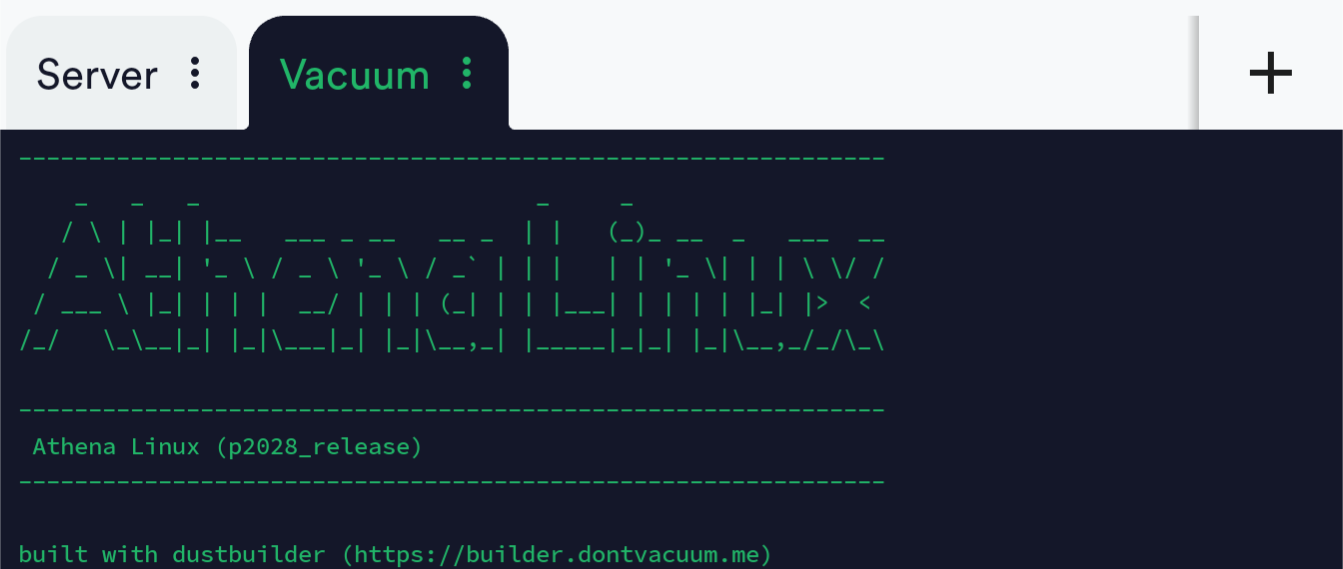

They could still use whatever config format they wanted - this would just be for providing their config schema. It also doesn’t need to be YAML, that’s just the easiest one for me to type on my phone. In fact, I think most schema validation programs rely on JSON as it is.
I also don’t think programs should be required to provide it. Many core programs and kernel modules would likely take years if they ever were able to add it just to avoid the risk of mistakes causing any major issues, especially if they haven’t needed an update in years. There are also many config files that use their own nonstandardized schema. A possibility is that they could be allowed to provide a CLI tool which could update the config or they could just ignore it entirely.
But creating a common schema for… well, the config schema would make it easier for systems to provide a frontend interface for updating your configs.

I’m pretty certain that you can turn Relay off in your account settings.